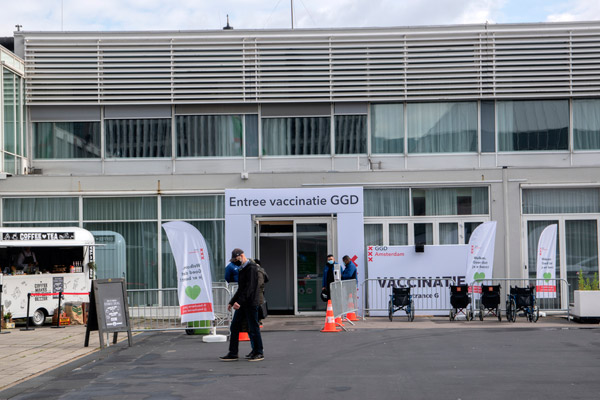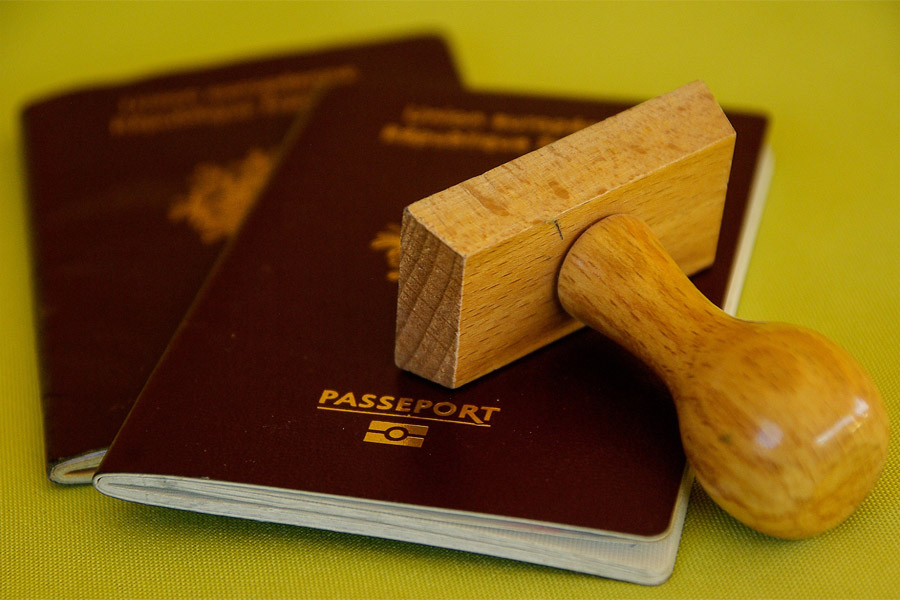The EU blue card is a work permit allowing highly skilled non-EU citizens to work and live in any country within the European Union, with the exception of Denmark, Ireland and the United Kingdom.
The card was introduced in 2009 as a response to calls for the EU to attract and retain more highly skilled workers from outside the EU, in order to compete with the United States and other developed economies.
To be eligible for an EU blue card, applicants must have a college degree or equivalent, and a job offer from an employer in an EU country with a salary above a certain threshold. The salary requirements vary from country to country, but are generally around 1.5 times the average salary in that country. More information about the requirements can be found in the IND’s website.
Once issued, a blue card is valid for up to four years and can be renewed. Holders of a blue card are also entitled to bring their family members to live with them in the EU.
EU Blue Card vs. Highly Skilled Migrant Visa: mobility and requirements
The EU Blue Card is implemented in Dutch immigration legislation. Even though the EU blue card and highly skilled migrant are similar, they are two different schemes that should not be confused together.
The advantage that the EU Blue Card have over the highly skilled migrant visa is in the few EU mobility rights it grants that other national permits do not. While the highly skilled migrant residence permit is restricted to only working in the Netherlands, the EU blue card holder can move to another EU country after only 18 months of residence in the issuing member state. This means that if for example you lived in Germany with a valid EU blue card for 18 months, you can move for example to the Netherlands without needing and MVV and while transferring your residence that counts towards having the permanent residence permit.
Additionally, in The Netherlands, the hiring company does not need to be an IND recognised sponsor in order to obtain the EU blue state as opposed to the highly skilled migrant permit.
To obtain permanent residence in a different country, the duration of residence in the issuing state can be counted towards the requirement. For example, if an individual holds the Blue Card for two years in one country and moves to another EU member state, those two years may contribute to the overall residence requirement.
EU Blue Card holders and their family members are also not required to obtain an MVV (Machtiging tot Voorlopig Verblijf) when moving to another EU member state. The MVV is a specific type of residence permit used in the Netherlands for entry into the country. However, when an EU Blue Card holder or their family members want to relocate to another member state, they are not subject to the MVV requirement unlike highly skilled migrant. This simplifies the process for them to move and reside in the new country.
If you have already lived in another EU country for two years with an EU Blue Card, you would need an additional two years of residence in the Netherlands to be eligible for a permanent residence card. The time spent in another EU member state can be taken into account when calculating the total duration required for obtaining permanent residence in the Netherlands. This means that the two years of residence in the other EU country would count towards the four-year requirement for permanent residence in the Netherlands.
The foreign national must make at least a gross monthly salary of €6,245 (excluding the 8% holiday allowance) per month in the Netherlands, which is the equivalent to the annual salary of €70,404. (excluding 8 percent holiday allowance).
Should I choose the EU blue card over the Highly skilled migrant scheme?
The EU Blue Card or the Highly Skilled Migrant Scheme are the two options for skilled immigrants’ residence permits in the Netherlands (kennismigrantenregeling). There are significant distinctions, nevertheless, that should be noted.
The Blue Card includes a wage threshold and an educational threshold, while the requirements for the skilled migrant program (Dutch national policy) are based on pay and market conformity of the salary. The income criteria for the EU Blue Card are also more strict.
For the EU Blue Card, however, the hiring organization is not required to first achieve “recognised sponsorship” status. The IND government filing costs for getting it are €6,245, which makes it difficult for entrepreneurs to obtain and potentially expensive for small businesses.
A highly skilled migrant residence permit is typically simpler to get than an EU Blue Card. If you anticipate working in several EU nations, the EU Blue Card’s movement between member states benefits may also be worthwhile to consider.
Differences between Highly skilled migrant visa and EU blue card
All in all, If you are planning to work in the Netherlands exclusively, then it would be more beneficial for you to get a highly skilled migrant residence permit. However, if you are planning to relocate and move often in the future inside the EU due to you job or personal circumstances, it is recommended to get the EU blue card. Below is a summary representation of the differences between the EU blue card and the Highly skilled migrant visa. You can find more information about the EU blue card by visiting the official website.
Salary criterion
€ 5.331 – 30 years and older
€ 3.909 – younger than 30 years
€ 2.801 – Lower salary criterion (search year eligibility)
Salary criterion
€ 6.245
IND recognised sponsor required
Yes
IND recognised sponsor required
No
(However, the EU blue card will be processed faster if the applying company is a recognised sponsor, without IND sponsorship it will take up to 3 months)
Graduate or undergraduate diploma required
No (equivalent work experience is also accepted)
Graduate or undergraduate diploma required
Yes
Minimal contract duration
3 months
Minimal contract duration
12 months
Reapplication for residence permit when changing countries in the EU
Yes
Reapplication for residence permit when changing countries in the EU
Yes
Ability to transfer residence years to another EU member state
No (you have to start over every time you change countries)
Ability to transfer residence years to another EU member state
Yes (after 18 months of residence in the issuing state, you do not have to over)
MVV (or equivalent) needed when moving to another EU member state
Yes
MVV (or equivalent) needed when moving to another EU member state
No (after 18 months of residence in the issuing state, you will not need an MVV to move to another EU country)No (after 18 months of residence in the issuing state, you will not need an MVV to move to another EU country)








